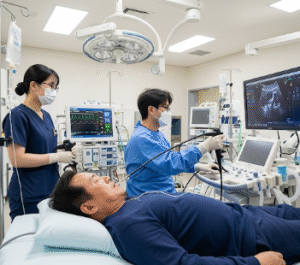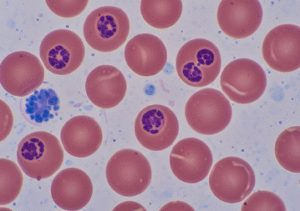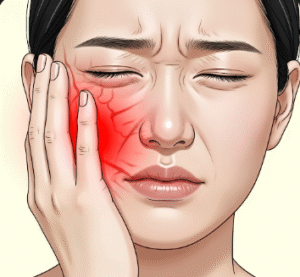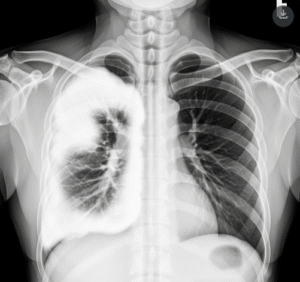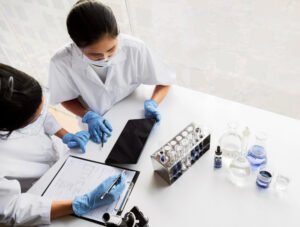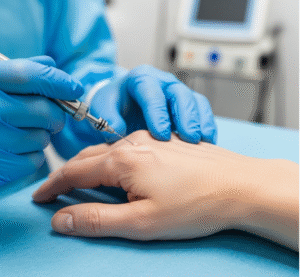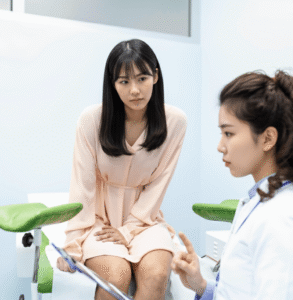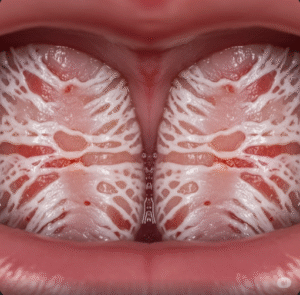Overview
Synovial osteochondromatosis is a rare, benign joint disorder in which the synovial membrane of a joint produces multiple small nodules of cartilage. These nodules can detach, become loose bodies, and sometimes calcify within the joint space, leading to pain, swelling, and limited range of motion. The condition can be primary (without an underlying cause) or secondary (associated with other joint diseases such as osteoarthritis). Early diagnosis and treatment can prevent long-term joint damage.
What is Synovial Osteochondromatosis?
Synovial osteochondromatosis occurs when the synovium (the tissue lining the joints) undergoes abnormal cartilage formation. Over time, these cartilaginous nodules can break off into the joint space and may harden into small bony fragments. This condition most commonly affects large joints such as the knee, hip, elbow, or shoulder and is usually unilateral (affecting one joint). It is non-cancerous but can be locally aggressive, causing significant discomfort and functional limitations.
Symptoms
- Gradual onset of joint pain and discomfort
- Swelling or a feeling of fullness in the joint
- Stiffness and restricted range of motion
- Clicking, locking, or grinding sensations during movement
- Occasionally, visible or palpable lumps around the affected joint
Causes
- Primary form: Unknown exact cause; thought to be due to abnormal synovial cell activity.
- Secondary form: Develops as a result of other joint conditions such as osteoarthritis, rheumatoid arthritis, or previous joint trauma.
Risk Factors
- Middle-aged adults (30–50 years)
- Male gender (slightly higher prevalence)
- History of joint injury or chronic joint diseases
- Occupations or activities involving repetitive joint stress
Complications
- Progressive joint degeneration and osteoarthritis
- Chronic pain and disability
- Joint instability
- Recurrence after surgery if synovium is not fully removed
Prevention
There is no guaranteed prevention, but risk can be reduced by:
- Early treatment of joint injuries
- Managing underlying joint conditions promptly
- Avoiding repetitive strain on major joints
Treatment Options in Korea
South Korea offers advanced diagnostic and surgical treatments for synovial osteochondromatosis, with high success rates and minimal recurrence risk when properly managed. Common approaches include:
- Imaging and Diagnosis: MRI and X-ray to detect loose bodies and assess cartilage calcification.
- Arthroscopic Surgery: Minimally invasive removal of loose bodies and affected synovium; preferred for faster recovery and less scarring.
- Open Surgery (Synovectomy): In more severe or recurrent cases, open removal of the diseased synovium to prevent recurrence.
- Rehabilitation Therapy: Postoperative physiotherapy to restore mobility, strength, and prevent stiffness.
- Follow-Up Monitoring: Regular imaging to detect recurrence early.


